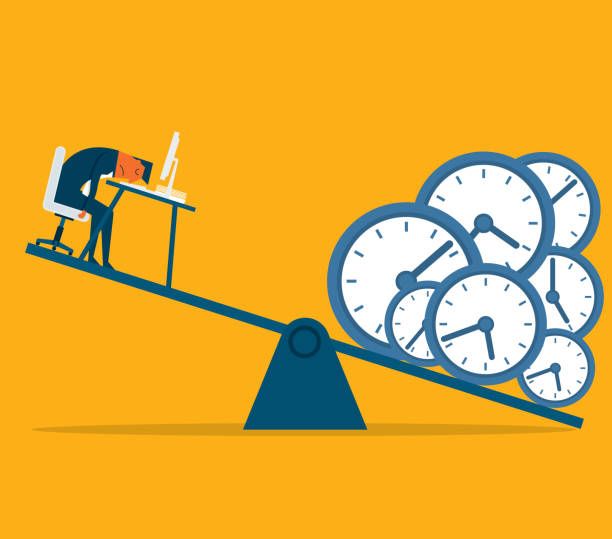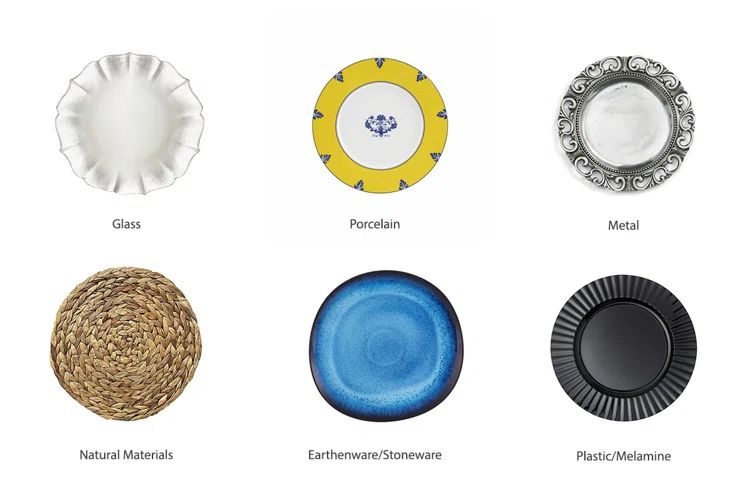What Is The Honey Dew List?
What Is the Honey Dew List?
The honey dew list refers to a list of tasks or errands that one partner in a relationship requests the other partner to complete. The term originated in the 1990s and is a play on the “to do” list, with “honey dew” being used as a term of endearment.
The phrase “honey dew” dates back to the 16th century and was commonly used as a term of affection. By the 1990s, the term “honey dew list” emerged as a humorous way to describe the lists of chores and tasks that spouses or partners would leave for each other.
According to the book Honey Dew Lists Are For Losers by Barbi Armstrong, the honey dew list phenomenon grew during this time period as more women entered the workforce while men were slower to pick up household duties. The term reflected the way one partner (traditionally the wife) would leave a list of chores and errands for the other partner to complete such as household repairs, groceries, dry cleaning, etc.
Typical Honey Dew List Tasks
Some common chores and tasks found on a honey dew list include household maintenance, repairs, yardwork, errands, and administrative tasks like paying bills or making appointments (https://idioms.thefreedictionary.com/honey+dew+list). The list typically contains mundane but necessary household responsibilities and obligations that one partner feels the other should complete. Honey do lists often include tasks like:
- Cleaning out the garage or attic
- Mowing the lawn and trimming bushes
- Fixing that squeaky door or leaky faucet
- Assembling Ikea furniture
- Hanging up pictures and decor
- Painting a fence or exterior of the house
- Cleaning the gutters
- Doing repairs and maintenance on vehicles
- Running errands to the hardware store or auto parts store
- Taking out the trash and recycling
The list contains all the odd jobs and tasks one partner wants the other to complete around the house and yard. The tasks are often perceived as masculine chores, maintenance, and repairs. The list serves as a written record of household duties for one partner to finish.
Who Creates the List
The honey do list is typically created by one spouse or partner in a relationship as a way to request tasks or chores that they would like the other person to complete. The list maker is usually the one who notices items around the house that need attention or feels that certain tasks should get done.
For heterosexual couples, the wife or female partner in the relationship often creates the honey do list for her husband or boyfriend. This follows traditional gender role expectations where the woman takes charge of domestic duties. The man may be prompted through the written list to assist with household projects and errands.
However, the list maker can be either partner in a relationship. Sometimes the breadwinner spouse who is busy with work outside the home makes requests of the stay-at-home spouse through a honey do list. Or the more proactive partner who sees what needs to be done around the house may create tasks for the other person. The key aspect is one partner identifying chores and making requests of the other through the written list format.
Communication Aspect
The honey do list can facilitate communication between partners. Creating a honey do list allows each partner to clearly articulate household tasks that need completion. Having a written record outlines responsibilities and prevents confusion about who is expected to complete which chores. Partners can discuss and negotiate the list to ensure a fair division of labor. The act of creating the list opens up conversation between couples regarding household duties. Maintaining a honey do list improves transparency and accountability in relationships by tracking task completion. Both partners can reference the list to stay on the same page about outstanding chores. However, critics argue honey do lists reinforce traditional household gender roles if primarily created by women for their male partners.
Source: https://www.ebay.com/itm/185436348447?chn=ps&mkevt=1&mkcid=28
Criticisms
Some view the honey do list as demanding or nagging. The person creating the list may be perceived as treating their partner more like an employee who must complete assigned chores, rather than an equal partner in running the household. This can make the partner receiving the list feel micromanaged or controlled.
The honey do list has been criticized as exemplifying the mental load often placed on women in households. Women are more likely to take on the task of noticing what needs to be done around the home and delegating those tasks. The honey do list puts the burden on women to identify chores and remind their male partners to complete them [1].
Gender Roles
The honeydew list is often associated with traditional gender roles in households. Historically, women have taken on a disproportionate share of household chores like cleaning, laundry, shopping, and childcare. The honeydew list emerged from the common practice of husbands delegating these domestic tasks to their wives. This reflects the traditional view that managing the home is predominantly “women’s work.”
Critics argue that the honeydew list enables outdated gender stereotypes where women are expected to carry the burden of household chores, while men avoid domestic responsibilities. The one-sided nature of the honeydew list is seen as a form of gender inequality within households. Some view the honeydew list as a symbol of the overall imbalanced division of labor along gender lines.
However, the prevalence of traditional gender roles and the honeydew list is declining today. More modern households strive for an equal partnership where domestic responsibilities are shared equally between spouses. The rise of dual-income households also challenges old assumptions about gender and housework. Still, inegalitarian household dynamics persist in many families.
Workload Balance
The honey do list can raise concerns about fair distribution of household responsibilities. Typically, women shoulder a disproportionate burden when it comes to unpaid domestic labor like cleaning, childcare, and organizational tasks [1]. This imbalance is highlighted by the honey do list dynamic where one partner (usually the woman) assigns chores and reminds the other partner to complete them.

To ensure an equitable division of home responsibilities, couples should openly communicate about their workload and collaboratively decide who does what. Tasks can be divided based on individual strengths, schedules, and preferences. Partners should aim for each person to contribute their fair share.
Apps and tools like shared calendars, chore charts, and project managers can provide transparency and accountability around getting things done. But ultimately, couples must prioritize mutual understanding and respect to share domestic workloads. Discussing feelings openly without blame and being willing to renegotiate responsibilities over time is key.
Setting Priorities
One challenge with honey do lists is ranking the importance of the tasks. The person creating the list may view certain chores or repairs as top priority, while their partner disagrees on the urgency. Open communication is key to aligning on which tasks are most pressing. Partners should discuss timelines, budget constraints, upcoming events, safety issues, and goals to determine the order of operations. Setting realistic priorities ensures the work gets completed efficiently without spiraling into arguments over differing opinions on significance. Discussing the list together rather than just leaving it for the other person demonstrates shared responsibility and respect.
According to research from the University of California, tasks like replacing a smoke detector battery or fixing a cabinet hinge may seem trivial. However, not taking care of small repairs around the house in a timely manner can lead to bigger problems down the road. Partners who tackle the honey do list as a team are more likely to stay on top of maintenance and prevent avoidable damages. Ranking the importance of tasks collaboratively leads to a safer, well-run household.
Completing Tasks
The best strategy for getting things done from a honeydew list is to break down big tasks into smaller, more manageable steps. Trying to tackle large projects all at once can feel daunting. By making a plan to complete a little bit each day, it becomes easier to make progress.
It’s also helpful to prioritize the tasks, so you know which ones are most pressing or important to your spouse. This allows you to focus on high priority items first. Be sure to communicate with your spouse if any requested tasks simply cannot be completed in the desired timeframe due to other commitments.
As tasks get finished, take them off the list so you can see your progress. This provides a sense of accomplishment and motivation to keep going. Consider using stickers, checkmarks, or crossing out completed tasks.
If your honeydew list starts to feel overwhelming, take a break and just do one small task. Getting even a little done helps create momentum to do more. And don’t forget to celebrate successes along the way!
Alternatives
While the honey do list is a common way to manage household chores and responsibilities, there are other effective options as well. Some alternatives to consider:
- Create a shared household calendar or task list where all family members can add tasks and review assignments. This promotes open communication and shared responsibility.
- Schedule regular family meetings to discuss chores and responsibilities. This allows everyone to provide input and collaborate.
- Use digital tools like apps or shared documents to track tasks. Features like notifications and due dates can help with task management.
- Hire outside help for certain chores if it’s within your budget. Some repetitive or skilled tasks may be worth outsourcing.
- Evaluate and rebalance chore loads if some family members feel overwhelmed. Be open to trying new systems if the current approach isn’t working.
The key is finding a chore management system that works for your family’s needs and communication style. While the traditional honey do list is common, it’s not the only option. Experiment to find an approach that reduces frustration and promotes shared responsibility.




